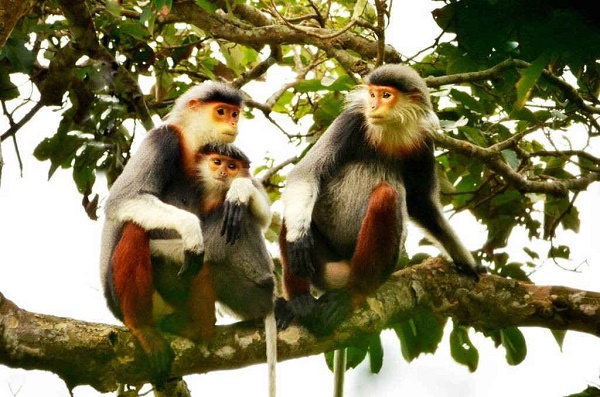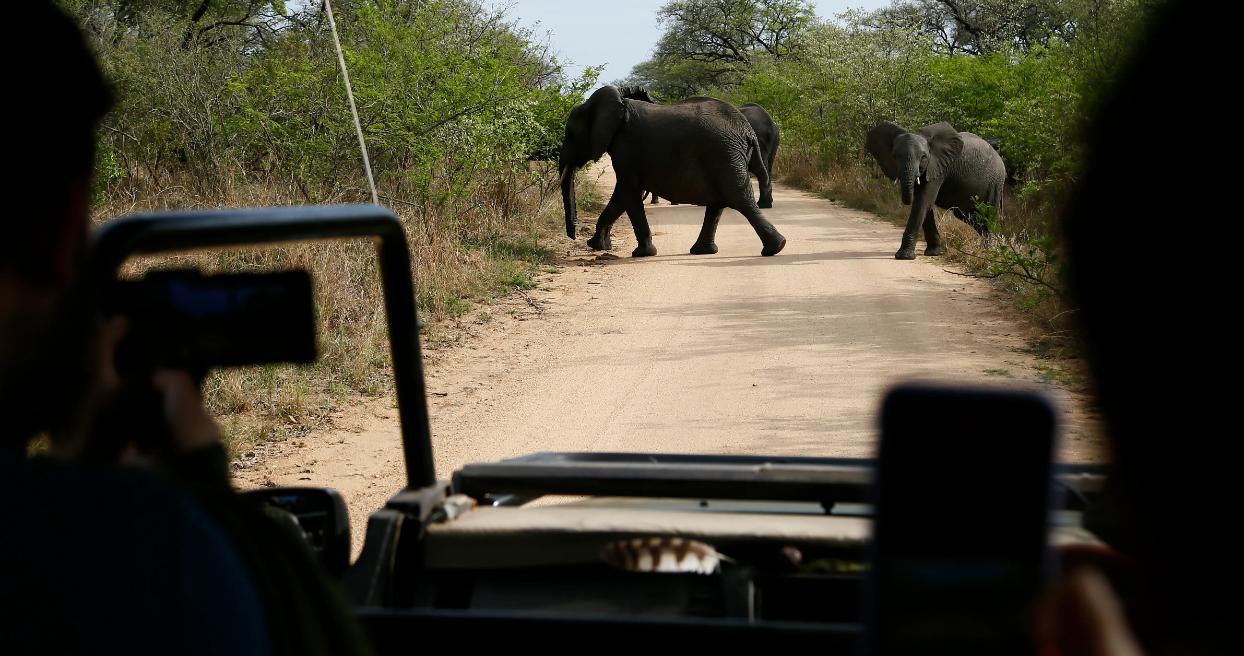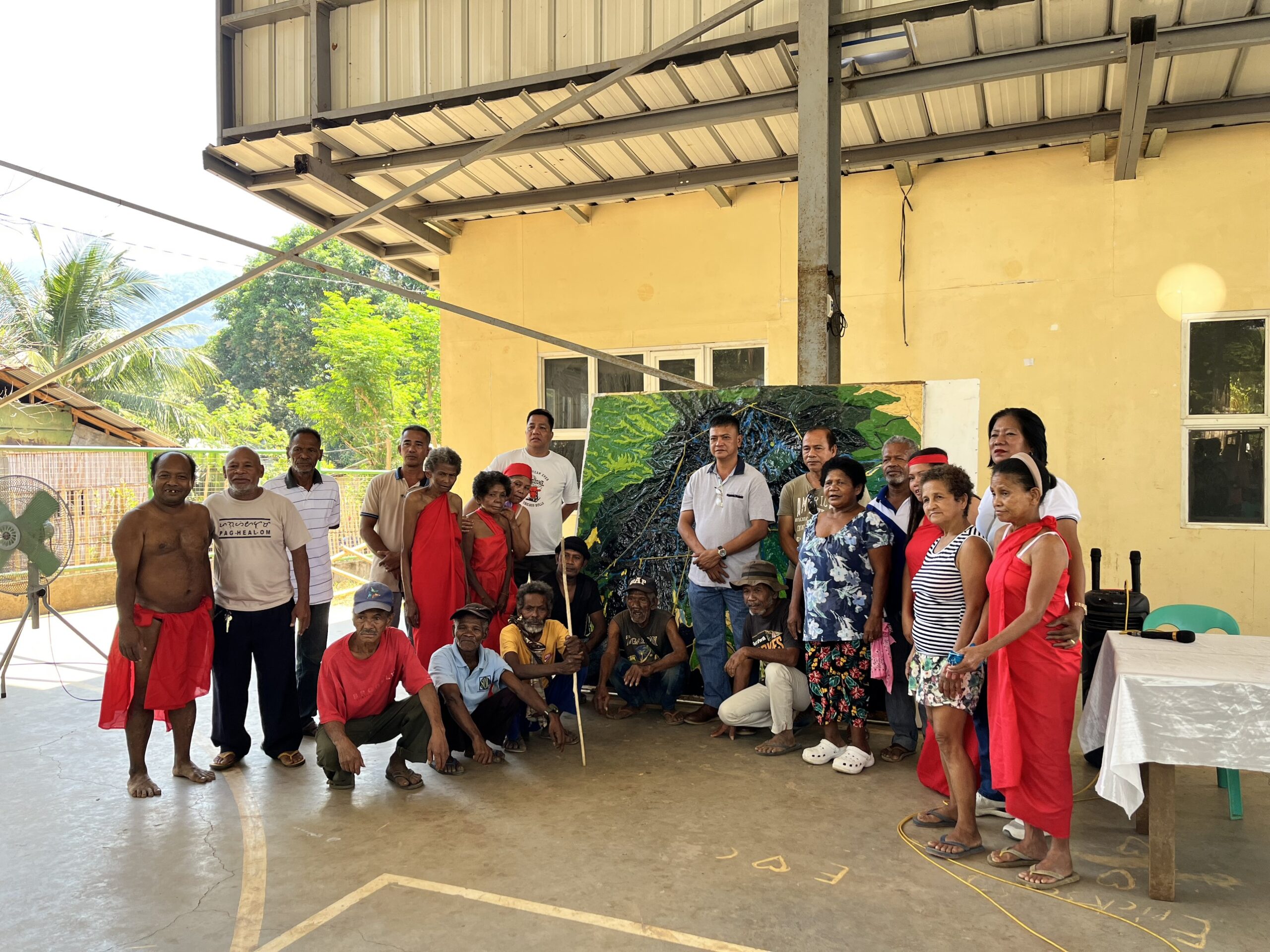On March 8, 2024, the Department of Forestry, Fisheries and Environment (DFFE) of South Africa released a draft National Biodiversity Economy Strategy (NBES) for public comment. The consultation period was initially set for two weeks but later extended to April 5, 2024.

Slender, rare primate species protected in Da Nang
The red shanked douc langur became the symbol of the APEC meeting last year in Da Nang, where langurs live in certain areas. Environmentalists have urged protection of the precious primates.

Son Tra Peninsula is not only a “green lung” of Da Nang, a shield to prevent storms, and an ideal ecotourism address, but also a kingdom of a rare primate species: red-shanked douc langur (Pygathrix nemaeus).
This species is listed in 1B, the endangered category in Vietnam’s Red Book. The World Wildlife Fund (WWF) also lists red shanked douc langurs among the animals that need unconditional protection.
A research project of the Frankfurt Zoological Society found that there are about 200 red shanked doucs in Son Tra, while other research estimates that 1,300 live there which need protection. This is an endemic species of Indochina and there are only 2,000 alive.
The development of tourism and increase in the number of high-rises have caused environmentalists to worry about the fate of the langurs.
| A report by PanNature and GreenViet presented at a workshop discussing solutions to develop Son Tra Peninsula showed that the biggest threats for langurs are from development projects, under which SUF (special-use forest) will shrink.
The dangers also come from unreasonable policies on protecting Son Tra. Besides the population increase, the forest loss due to natural calamities, forest fires and illegal logging also have a big impact on species degradation. |
The group of red shanked doucs on Son Tra Peninsula are in danger of losing habitat as people are trying to fell more and more forests.
The report released by the Vietnam Union of Science & Technology Associations (VUSTA) also said the habitat of the precious langur has narrowed because of the development of eco-tourism, transport infrastructure, and poaching.
Black-footed gray langur (Pygathrix nigripes)
The Xuan Loc district forest rangers’ unit in Dong Nai province on July 15 discovered langurs on Chua Chan Mountain.
As the langurs live in an area with high and dangerous cliffs, it is difficult to access them. It is estimated that the group has 10 langurs, including newborns and pregnant langurs. Scientists say this is good news which shows that the langurs are developing in a natural way.
The Dong Nai provincial authorities have drawn up a plan to strictly protect the langurs by restricting human’s presence in the area where the langurs live.
Source: VietNamNet Bridge



